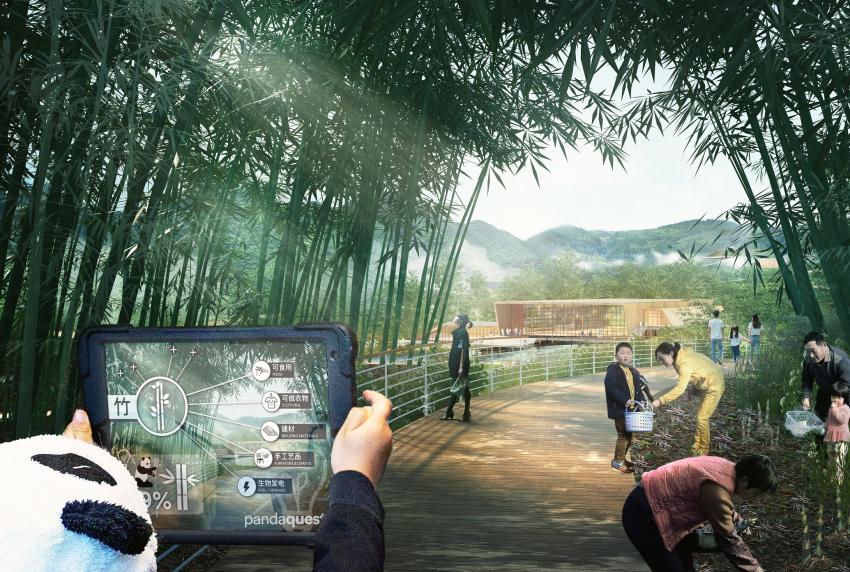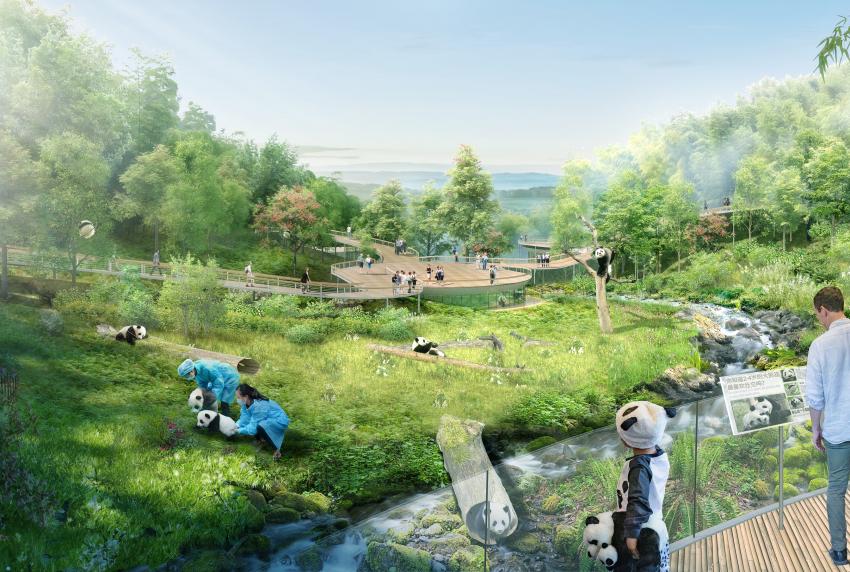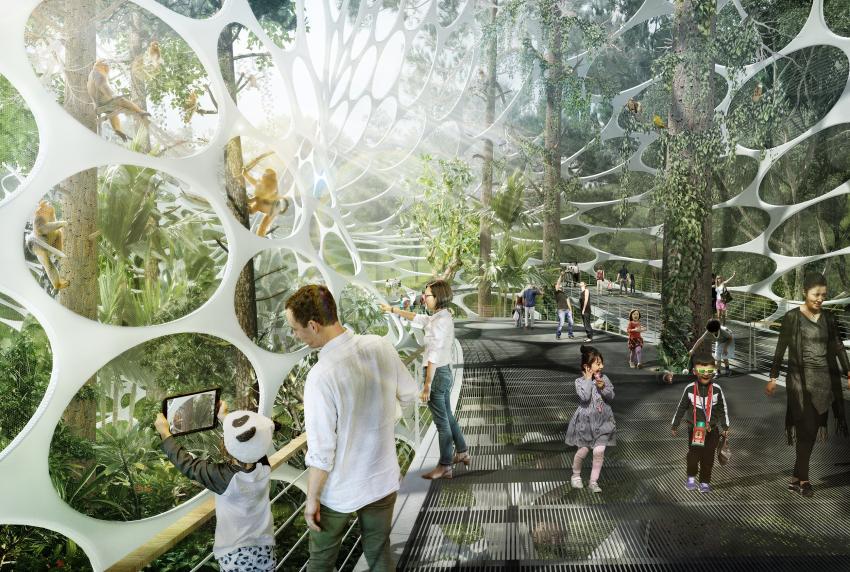Sasaki unveil nature reserve master plan
In June this year, a tender was released to find a master plan for a 69 sq km panda reserve in China, intended to increase the ability of the species to survive in the wild. Now, global design firm Sasaki has released images of its proposal, which provides a framework to protect the pandas through an expansion plan that focusses on conservation, education, and research.
Giant pandas are native to only one region in western China near Chengdu, where the reserve is located. As custodians of one of the fastest growing cities in the world, the Chengdu authorities are working to ensure that development advances in a manner sensitive to the panda’s natural habitat. At the same time, the reserve itself is an important attraction, with over 20 million people expected to pass through each year - a number that surpasses visitors to Disneyland. In order to satisfy the demand for conservation while creating attractive areas for the general public, Sasaki designed three separate sites with different functions and levels of human interaction.
The first site, Beihu Panda Park, builds on the existing “Panda Base” by adding an urban education centre to accommodate those seeking an immersive experience. This zone, linked to the city by public transit, introduces the panda to the millions of people who come to Chengdu, while offering a glimpse into ongoing research and other efforts to protect them. By contrast, the more remote Dujiangyan Panda Wilderness is a centre for research activities, located at the foothills of the Tibetan plateau. Here, researchers conduct pre-release training for juvenile pandas born in captivity before they are set free into the wild. The third site, Longquanshan Panda Village, is located near Chengdu’s new airport and provides information about conservation efforts while highlighting other aspects of the city’s culture.
Throughout the process, the Sasaki design team kept in mind that the giant panda is a Chinese icon and a symbol for wildlife preservation efforts around the world, but is also a vulnerable species with a population of only 1,800 left in the wild. The designers released a statement, explaining: “It is difficult to name an animal more beloved than the giant panda. The near-universal adoration of this endangered species was never far from mind as Sasaki collaborated with city leaders to thoughtfully grow the city, while building a resilient future for the species.”
Lucy Nordberg
TenderStream Head of Research
This competition was first published on 08.06.2018 by TenderStream here
Start your free trial here or email our team directly at customerservices@tenderstream.com
















